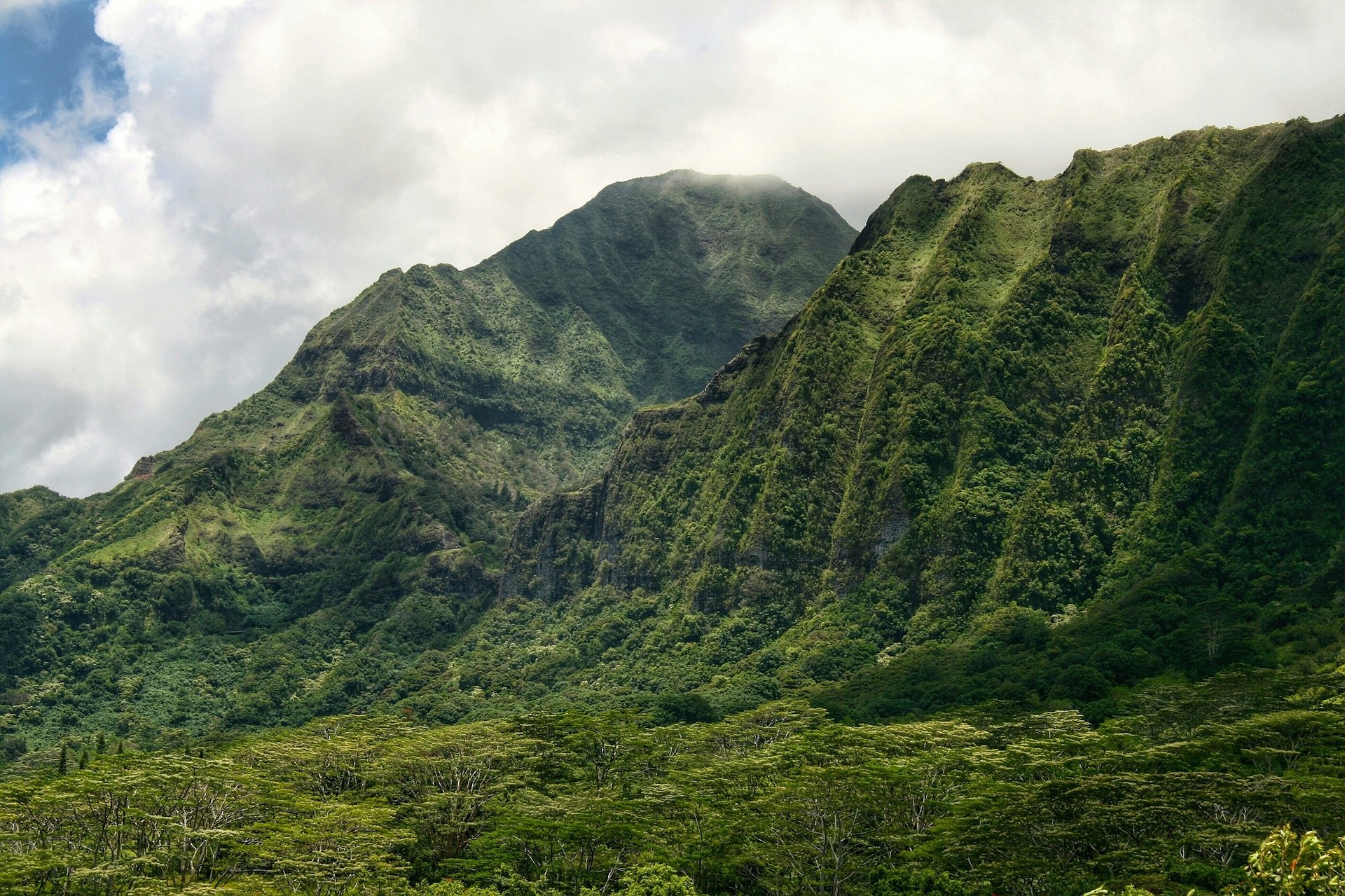.jpg)
The Symphony of the Hawaiian Birds aims to educate the elementary and secondary school students of O'ahu about Hawaii's native bird species and the importance of their conservation through science, music and art. Few residents of the Hawaiian islands have seen a native forest bird, so it's important to teach people about their importance to Hawaii's environment. We held a Q&A with Melissa Price, advisor to the Society for Conservation Biology's Hawaii Chapter, who helped produce the symphony, to learn more about this unique project.
1. Where did the idea originate and what did the organizers hope to accomplish?
I was driving into work and heard a piece on NPR about turning data into sound. I thought about how the sound of extinction is not silence, but a decrease in complexity over time as variations on a theme drop out and new sounds (of colonizing species) are introduced. I got into work, Googled two composers on the UH campus and emailed them. Within 20 minutes both wrote back saying they wanted to do the project! The conservation goal of the project was to educate the public about the birds we've lost to extinction, those we can still save, and what they can do to help. We assembled a leadership team that included a lead biologist (me), lead artist, lead composer, and lead educator - all professors at the university and accomplished in their fields. We all worked together to assemble six teams that each had a composer, biologist, and artist. These people worked together to compose one piece of the six-movement symphony. It has now been performed for ~8000 grades 4-12 students as well as over 1500 other community members.
2. How has the public responded to the concert(s)?
The response has been overwhelmingly positive. The students and teachers have been really enthusiastic. Between the student art contest, grades 4-12 lesson plans, and performances, the community has been really engaged. As one of the movements a Hawaiian chant was composed about four of our native bird species, and a seated hula was choreographed, which the students learned prior to attending the concert so they could participate. It was incredible to look across a concert hall of 1500 kids and see them all performing this hula! I think the incorporation of Hawaiian culture was particularly exciting, and wonderful for connecting our local students with traditional ecological knowledge about these species through performing arts.

3. What role do you see for art in conservation?
As biologists we feel the loss of species we work on as a deeply emotional experience, but it's hard to communicate that to people who don't feel a connection to nature. Through the music and art of this project, the general public - and more importantly the next generation - was able to feel both the loss of recent extinctions, and the hope we have to save the remaining species. Walking out of the performance they knew what our forest birds look and sound like, the threats they are facing, and what they can do to help - AND they were motivated to save them!
4. Any advice for scientists who want to engage with artists to raise awareness for conservation?
(1) At the beginning of a collaboration, ask about the reward structures in other disciplines. In other words, how is success measured in their field? For scientists it's publications, but for collaborators in the arts - even academics - it is very likely different. (2) Ask your partners what they want to get out of the partnership. (3) Know what your partners' time is worth and fund/pay appropriately for the field. (4) Say thank you, acknowledge them whenever you speak about the project, and share/defer the spotlight. (5) Be clear about expectations among collaborators, and follow-through on your commitments.
5. Anything else to add?
We're interested in expanding to have sister projects around the world. If you're interested in setting up a similar collaboration in your area, or if you would like to have the Symphony of the Hawaiian Birds performed by your local symphony orchestra, please contact Dr. Takuma Itoh.